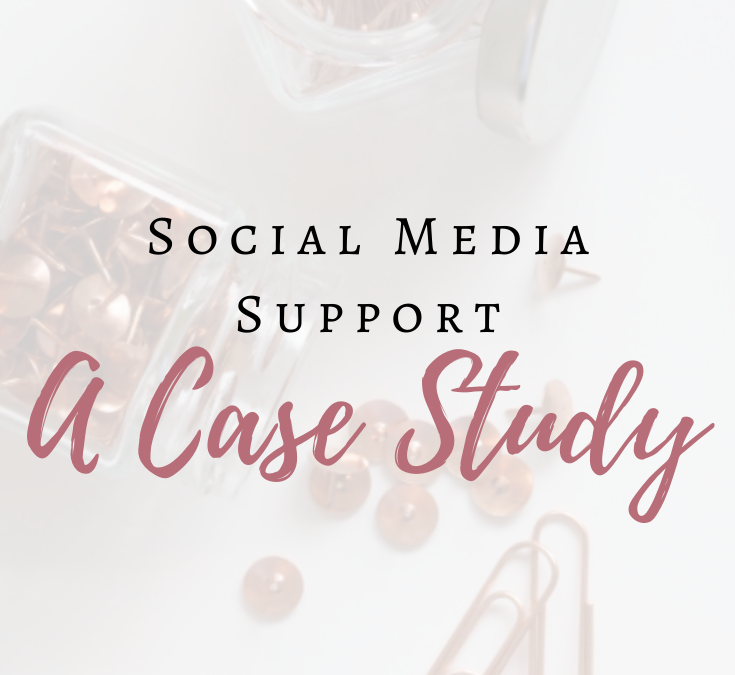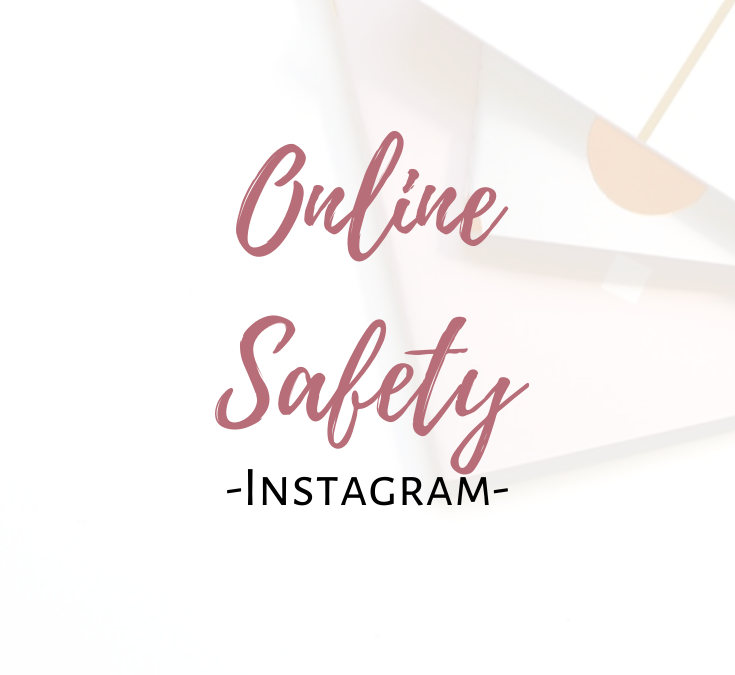
Canva Tips For Your Business
Canva is, hands-down, one of my favourite digital tools to use, not only in my own business but also in my clients’ businesses.
If you’re reading this, there’s no doubt you’ve at least heard of Canva in your travels, but if you’ve never played around with it, you’re definitely missing out.
I thought I’d share some extra tips with you – perhaps these are aspects of Canva you haven’t yet tweaked or heard of yet:
Photos
Have photos for your brand that you use and reuse, over and over again? Uploading them to Canva ensure that they are always there whenever the creative mood strikes. Plus, you never have to worry about hunting them down on your computer or an online image storage account.
Create Branded Templates
Think about where you post online most frequently, and create a template for each of those platforms. Some examples of these might be:
- Facebook event covers
- Instagram quotes
- Pinterest pins/cover images
- Twitter tweets
- Facebook posts
- Instagram stories
Having templates in place in your account makes creating new images for all your accounts much easier and faster because it’s simply ‘plug and go’!
Set up your Brand Kit
Having this set up will save you from having to look up the hex code for your most often used brand colours. Simply log into your account and look for ‘Brand Kit’ along the left-hand side. Once your hex codes are entered and saved, this pallette will appear whenever you need to change the colour of an asset in your designs.
Use clear and concise filenames
If you’re creating a template for Twitter, make sure “Twitter” is in the filename. The same applies to Facebook, Instagram, Pinterest, and, well, pretty much anything. It will help you to find things later when you need them.
Use your folders
Free accounts allow you two folders, while paid accounts allow for unlimited folders. Either way, you can do a lot with two folders! Be strategic with those two folders and it will make your Canva life easier.⠀
Create a media kit
Use a free media kit template to create a visual overview of your business. This makes for a handy document to send to potential clients. Simply search Designs for media kit and away you go!
Discover animations
Animations are a fun and functional way to add a little extra ‘oomph’ to your posts, and boost engagement. Use them sparingly, though, because you can definitely have too much of a good thing!
I hope you’ve discovered some new, useful ways to use Canva for your business… it’s my hope that you will grow to love Canva as much as I do.
I can save you time, money, and sanity. Intrigued? Book a free consultation call with me.







